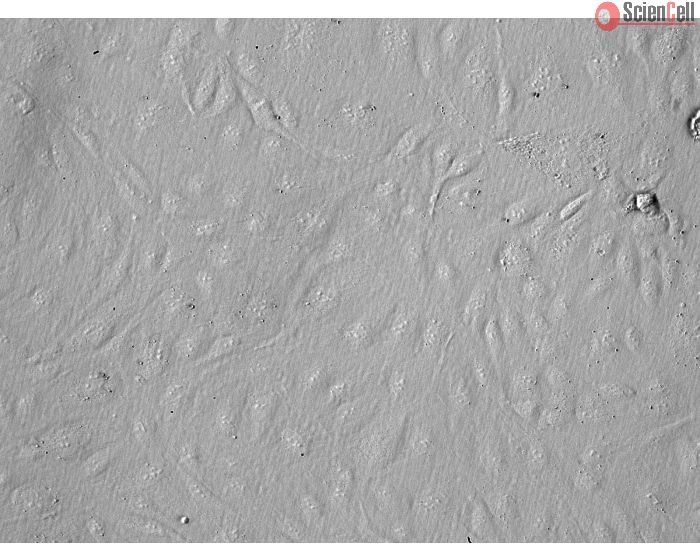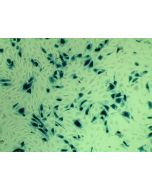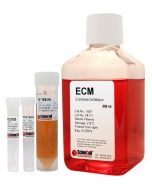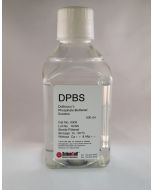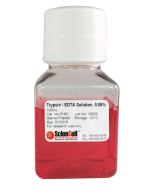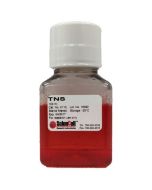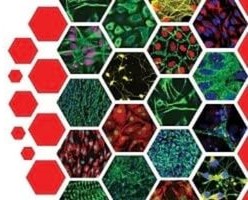Human Pancreatic Microvascular Endothelial Cells
Catalog No.
3800
HPaMEC from ScienCell Research Laboratories are isolated from human pancreas. HPaMEC are cryopreserved at passage one and delivered frozen. Each vial contains >5 x 105 cells in 1 ml volume.
$863.00
Out of stock
Related Products
Check items to add to the cart or
